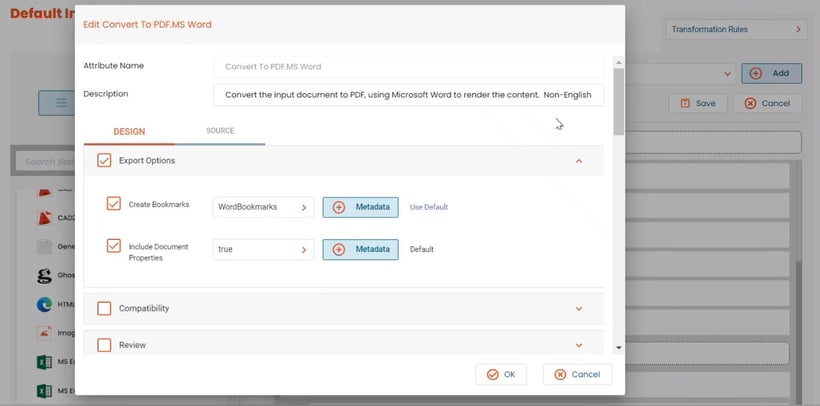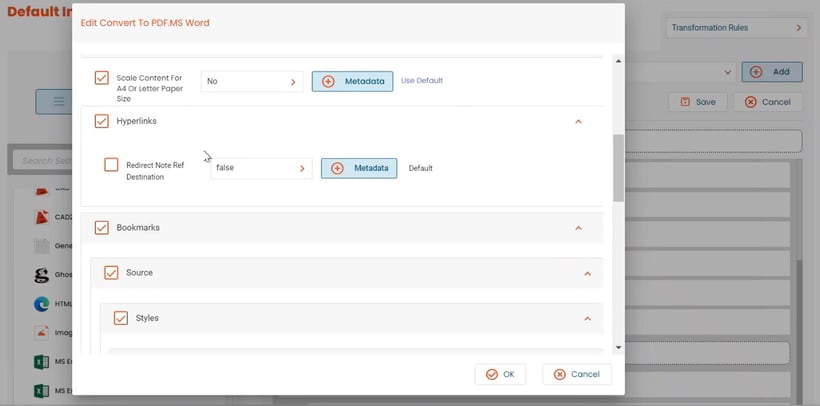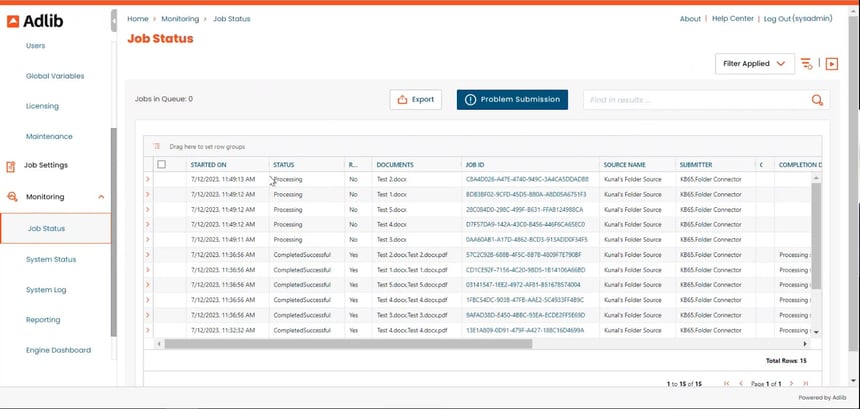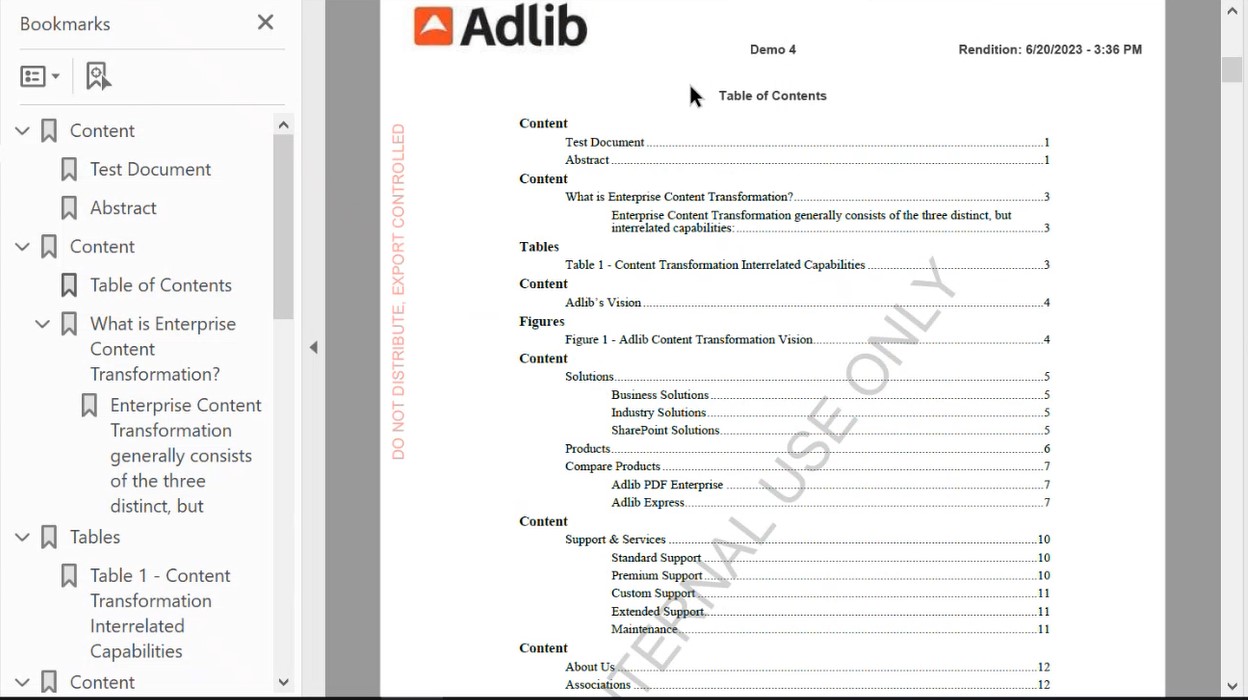Adlib Transform Hacks with Kunal: Advanced Rendering Functionalities
Kunal Bargotra is Adlib's Principal Product Manager, leading the charge to align Adlib Transform with market demands and client aspirations. Actively connecting with both new and seasoned customers, he validates solution frameworks and specific use-case requirements.
Through the "Adlib Transform Hacks with Kunal" series, Kunal delves into the core functionalities of Adlib, highlighting their pivotal role in driving business results.
View it here or scroll for transcript.
Kunal Bargotra:
In this video, I'll be detailing some of Adlib’s core product capabilities.
We'll get a brief look at how you can leverage Adlib to seamlessly configure an end to end document processing architecture that is reliable, interoperable, easy to use, and empowers organizations to unlock critical data elements from their documents.
We'll start by navigating to the Sources page. 
Within this page you are able to define and connect to various different file repositories such as Documentum and SharePoint. [Editor's note: or other systems like Veeva, Cara and more RIM, CTMS and eTMF systems in Life Sciences; Bentley, Enovia or other ALIM and EIM systems in Energy; FileNet, OpenText or other EDM systems in Financial or Insurance services.]
What I've done is define a folder connector or a folder source.
What this means is I have defined an input folder, which is where I would be dropping in my files that I want to transform through Adlib.
And then I've defined an output folder. I want those documents to be placed following transformation.
The first step is understanding where my documents are coming from. And once I send them to Adlib and I've transformed them, where do I want them to be placed post-rendition.
The next step is applying a set of business rules against those documents.
I've created an instruction set and I've associated it to my folder source that I defined on the previous page.

Instructions sets allow you to do two different things:
- You can configure job acceptance rules, and this defines the manner in which your jobs will be processed through the system.

For example, if you know you have one set of jobs that is a little more mission-critical than other you can submit the first set of jobs with a higher priority than the second set of jobs. So that you're validating for your organization that more important documents are being transformed prior to or quicker than less important documents. - You also have transformation rules. And what this allows you to do is to take advantage of the hundreds of different file types that Adlib allows you to convert. If I want to convert an Excel or a Word or an Outlook file to PDF, I simply grab and drag that to the right hand side of the screen (see the screenshot below).

For example, in "Convert Microsoft Word to PDF", I have several options that allow me to be very specific about what I would like to do with that conversion. In the case of my example here, I'd like to convert Word to PDF, I'd like to create bookmarks and have those bookmarks grouped or standardized in a certain way. I'd also like to generate hyperlinks.
I'd also like to generate hyperlinks.
This allows the user to gain full control and define the needs of their business in how they would like those documents to be processed and what they would like the end document document to look like.
Now that we know where the documents are coming from and what we want to do with them, the final step is going to be submitting the jobs for transformation and then tracking them within the Adlib UI.
So if I go ahead, grab a couple of jobs and submit them into my input folder, you'll see here that those files just got ingested by the system. And if I refresh the job status page, you'll see that that's now beginning to populate with rows on this table.

This table shows when processing had started, the status of those jobs, the document name, and if you need an audit trail to understand logs or more about a job such as why it may have failed or why it succeeded, there's job ID to give you that audit trail. And finally, you can also see where the document is coming from.
Once I refresh, you'll see that those jobs were just completed successfully.

Before we wrap up the demonstration, one thing I would like to show you is what that actually looks like once it's been rendered and placed back in your output folder.
Here is an example of a transformation that I did where Adlib took these documents here and merged them into one rich PDF. 
Immediately, you can see a couple of things. You can see that I have placed our Adlib logo here in the middle as well as on the top left. I have also added a watermark going across the middle of the page in diagonal orientation and gray text saying “internal use only” while also applying another watermark across the left hand side here in red text.
And if we keep jumping through, you'll see here that we've also automatically generated a table of contents and bookmarks.

You can see you've also applied a footer here that allows you to link back to the original source document. This is a setting I applied where I said I want the original document name to be applied in the footer of the output PDF so that I'm able to link back easily and seamlessly to understand what is your original source document and where does it currently live.

This gives you an example of taking documents which had no watermarks, no overlays, headers and footers, and merging them all into one very content-rich output PDF.

or Learn More



